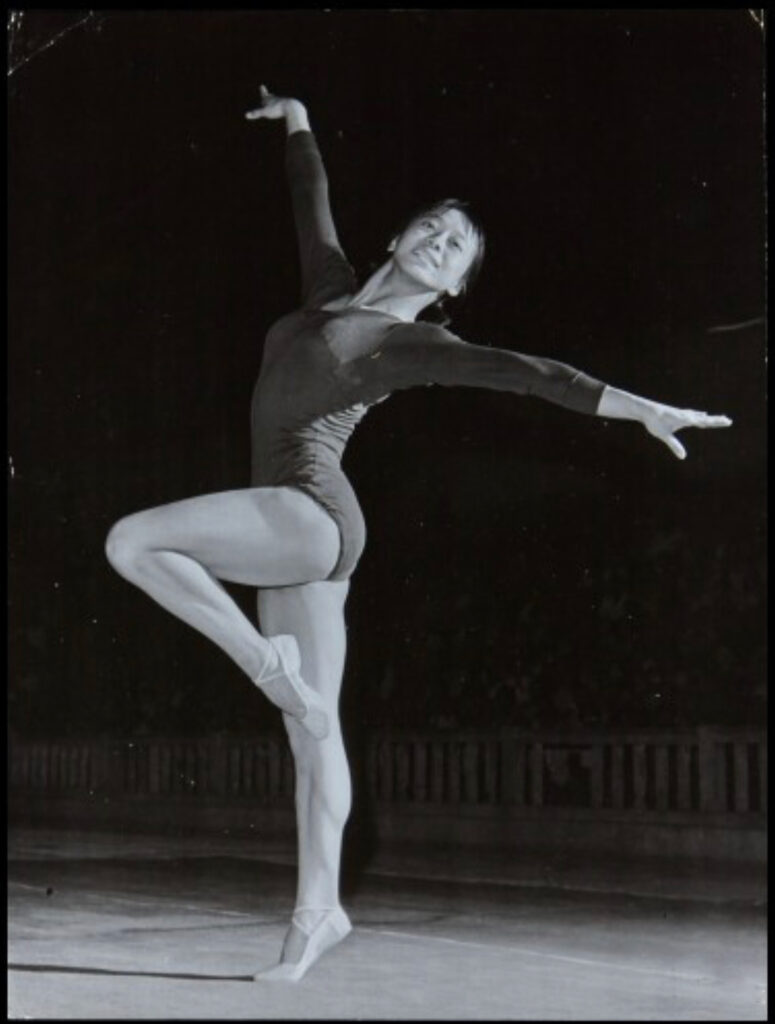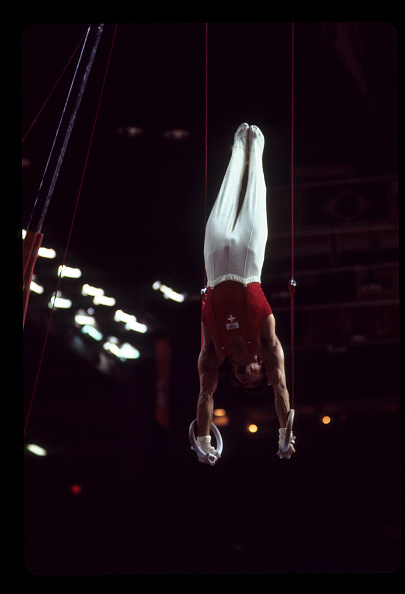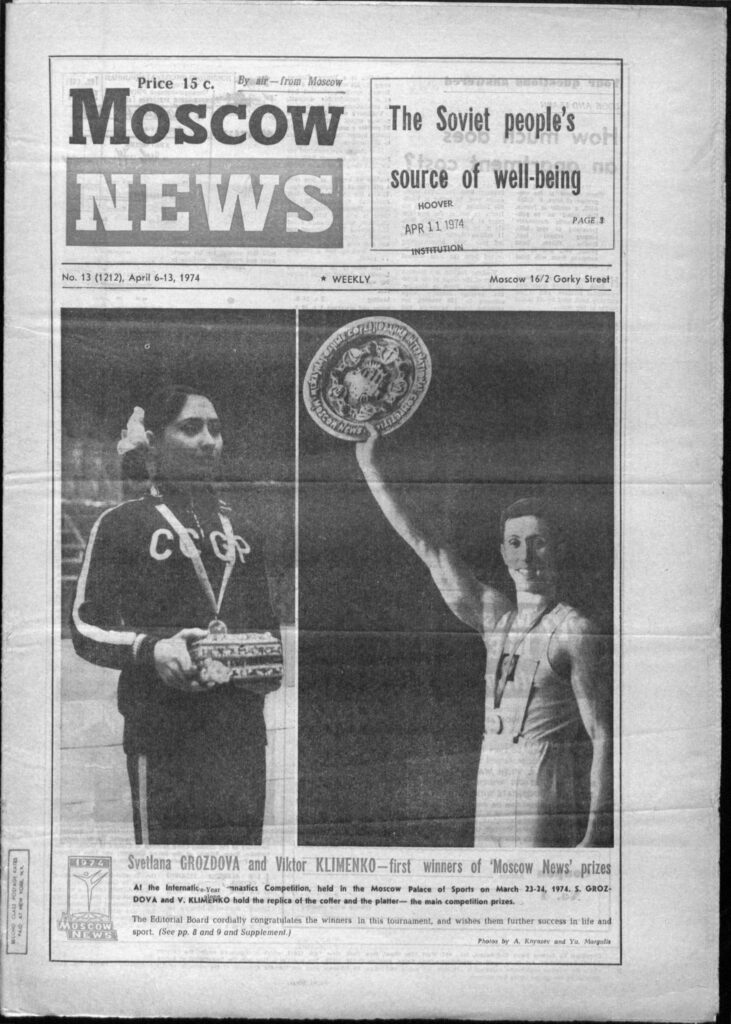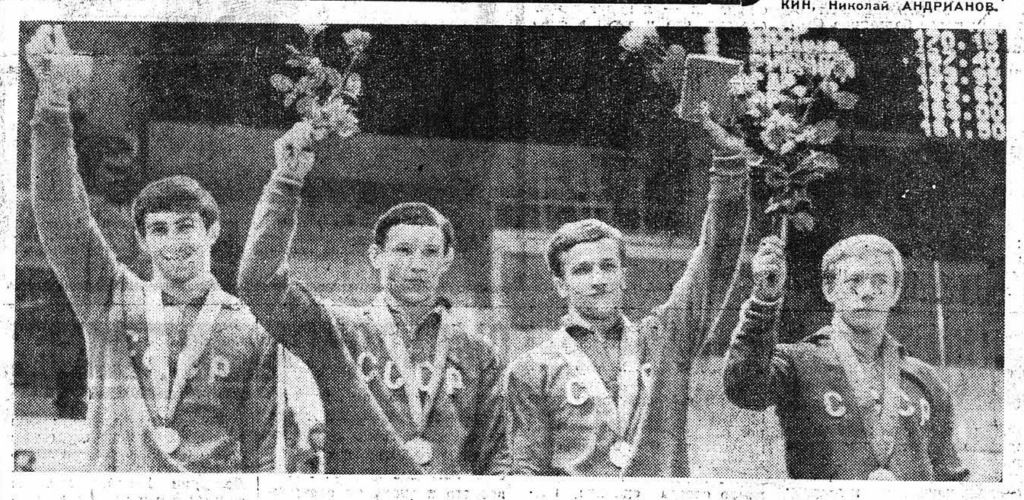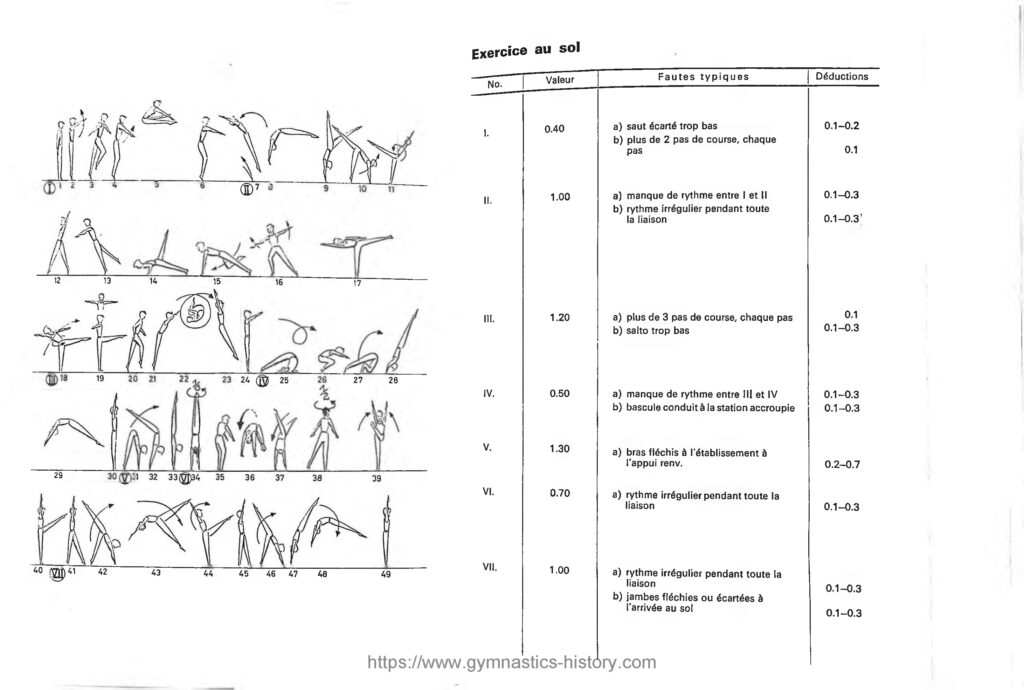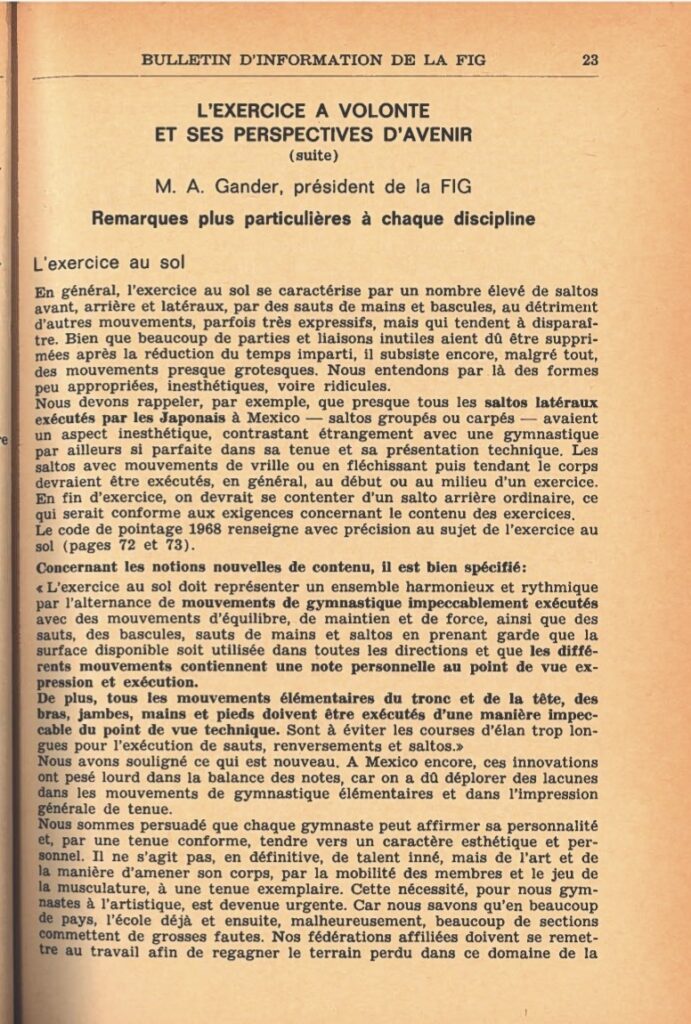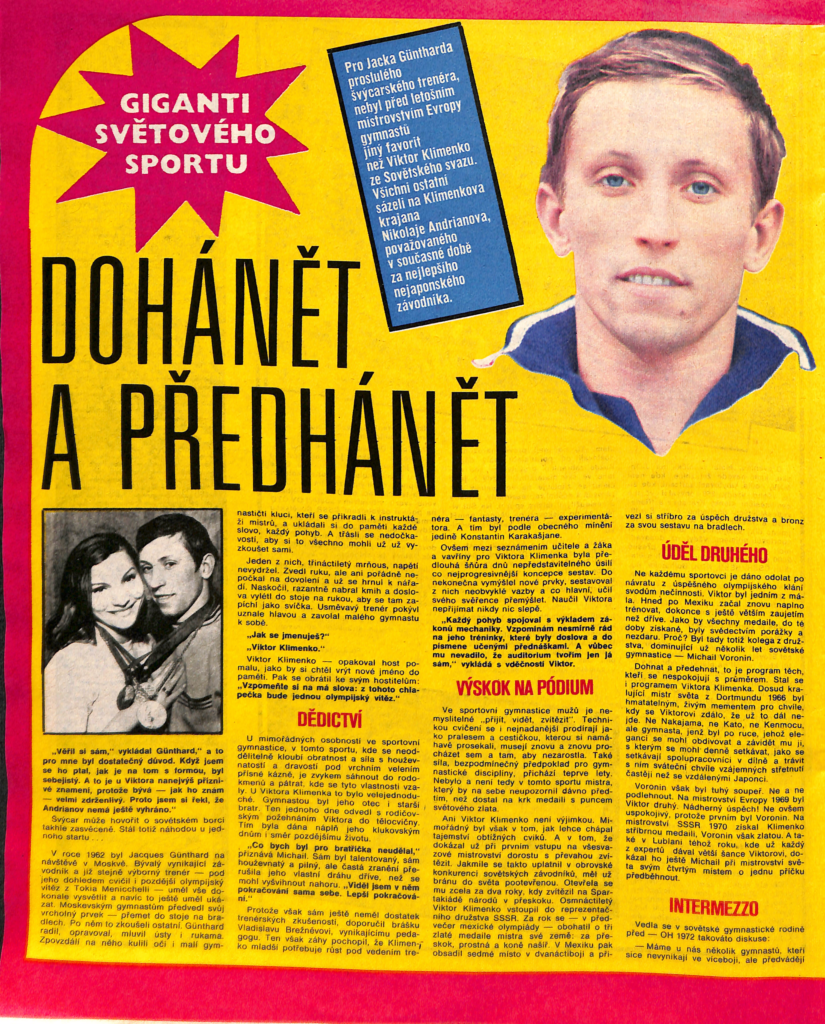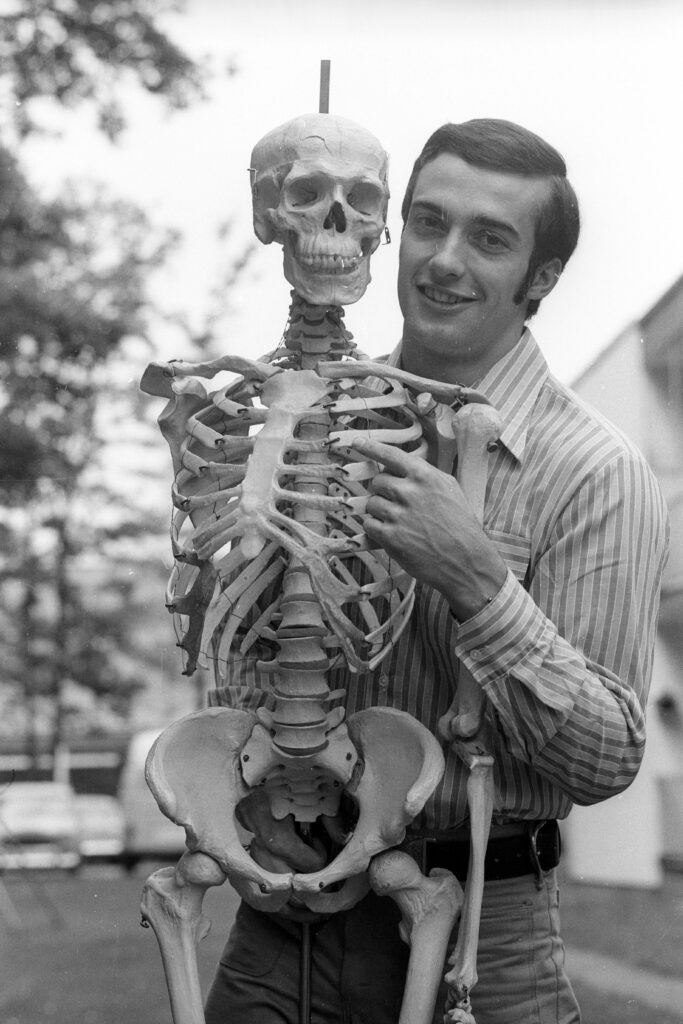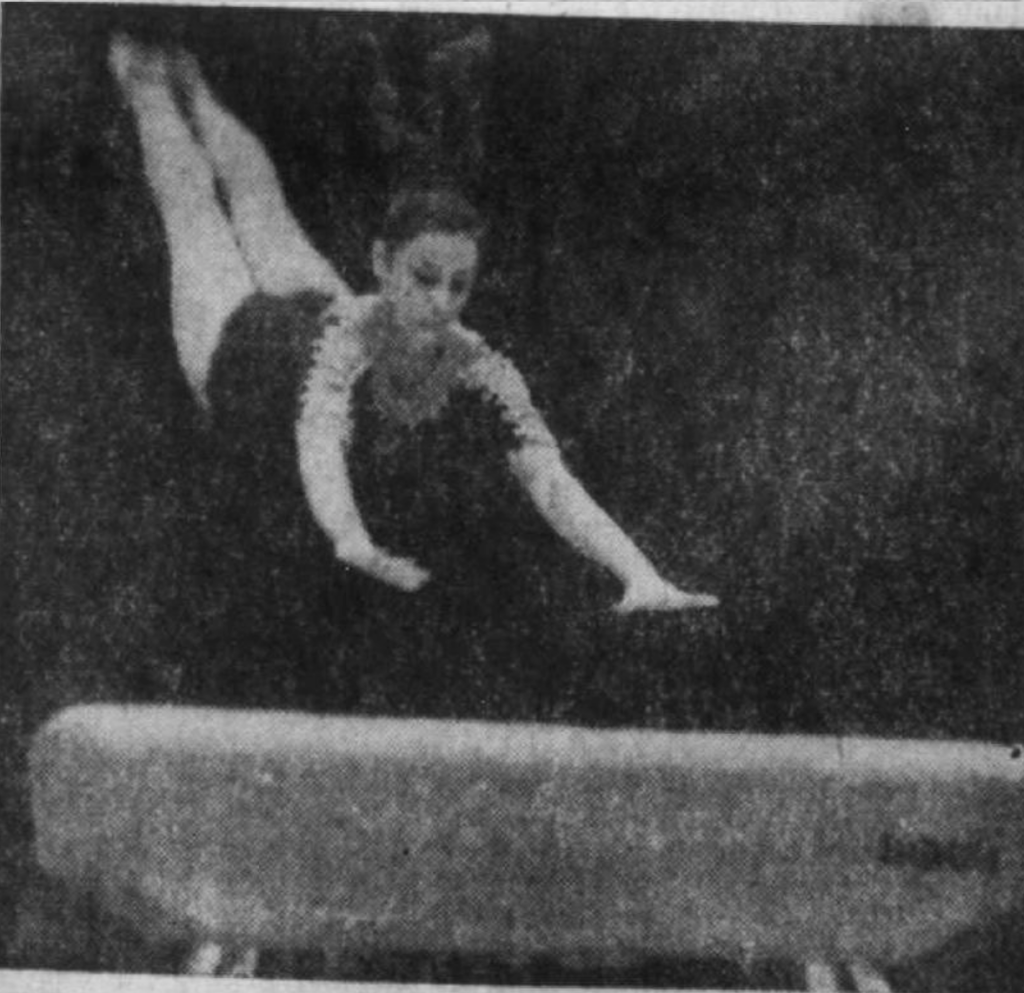Gymnastics was new to the Asian Games in 1974, and there were a few surprises.
First, China was present. Though China was competing in more dual meets in countries like Romania and the United States, China was not part of the FIG or the IOC at the time due to the organizations’ recognition of Taiwan. The organizers of the Asian Games broke ranks by inviting China and revoking Taiwan’s membership. This was a big deal at the time. (More on that below.)
Second, China had quite the medal haul. On the women’s side, Chinese gymnasts swept the all-around podium, and on the men’s side, China won the men’s team title, beating Japan. The competition was held just weeks before the World Championships in Varna — with the Asian Games happening in early September and the World Championships in late October. As a result, Japan did not send its top gymnasts to the Asian Games, and to make matters worse, one of Japan’s gymnasts tore his Achilles during the first event.
As you’ll see below, Arthur Gander, the president of the FIG, took an essentialist position and attributed China’s success to their bodies, stating, “A Chinese is a very well-formed human being, better formed than a Japanese, for instance.” (Because all Chinese people have the same body?)
Finally — and maybe this is less of a surprise — there was reportedly tension between the North and South Korean delegations.
